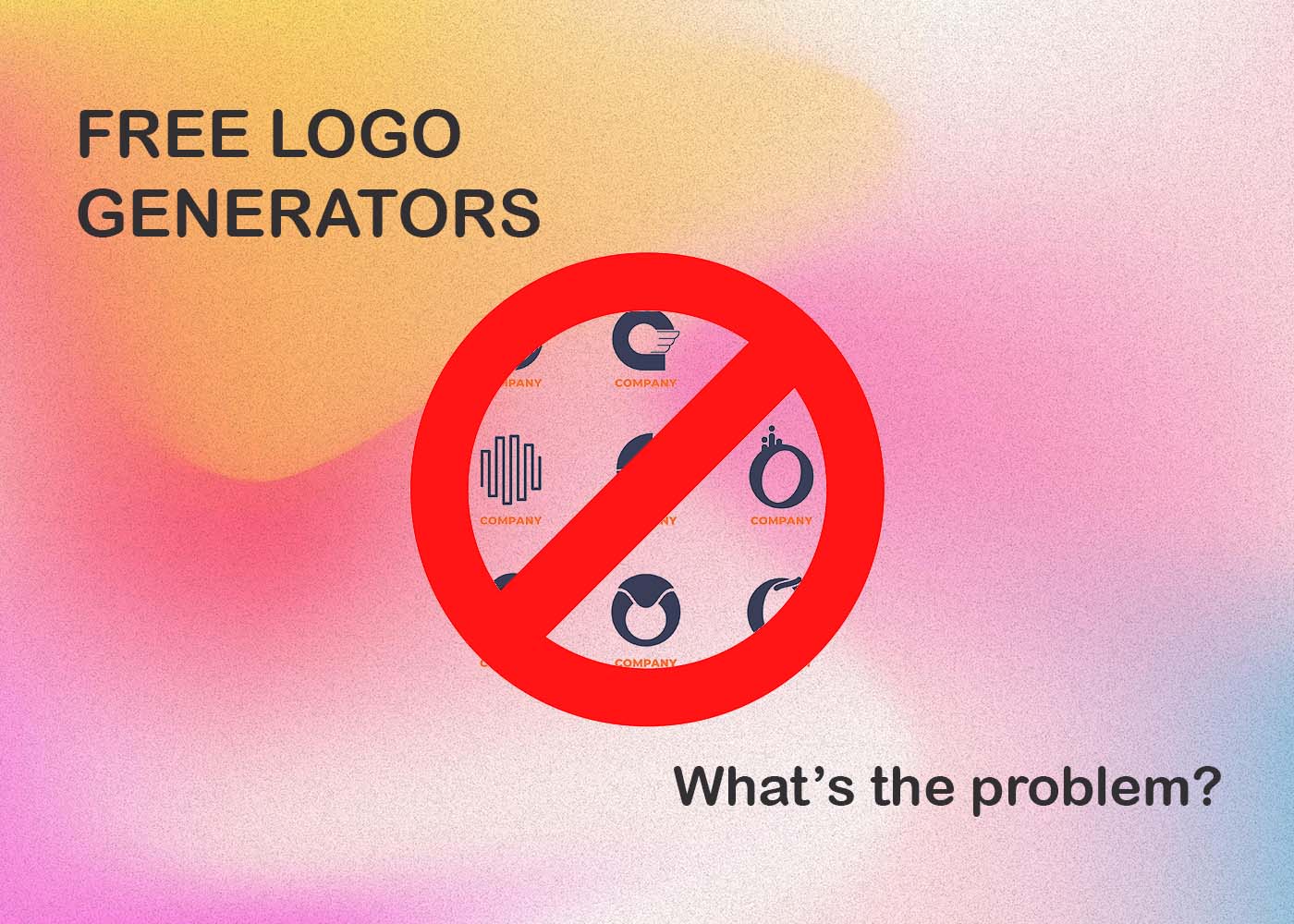Latest Blog
How to Build a Strong Brand Identity: Tips and Examples from Successful Brands

A strong brand identity is everything in today’s competitive business landscape. It goes beyond just a logo and website design; it’s about creating a unique customer experience that will help your company stand out from the competition, build loyalty, and make people want to buy products or services from you. In this blog post, we’ll provide tips on how to identify and create a strong brand identity for your business using examples of successful brands that have nailed their identities over the years. From researching target audiences to exploring ways to differentiate yourself in the industry with memorable visuals – it can all be overwhelming! But when done right, these techniques can give businesses an edge over competitors while helping them secure customers’ patronage. Let’s explore now what makes up good branding and get inspired by some amazing stories of successful companies that have used their powerful brand identification strategies.
Understand the Power of a Brand’s Name and Logo
A brand’s name and logo design may seem like small details in the grand scheme of things, but they wield incredible power. A strong brand identity can make or break a company’s success in the market. When customers see a recognizable logo or hear a brand’s name, they should immediately associate it with positive attributes that set it apart from competitors. Investing in establishing a strong brand identity may seem like an expense, but it’s actually an investment in the long-term growth and success of a business. Through effective branding, companies can create an emotional connection with customers, inspire loyalty, and ultimately increase revenue. The power of a brand’s name and logo should never be underestimated.Develop a Mission Statement That Clearly Expresses Your Core Values and Goals
At the heart of every successful business lies a clear and well-articulated mission statement. A mission statement not only defines what your company stands for but also communicates the values and goals that drive your organization forward. It should serve as a guiding beacon for your employees, stakeholders, and customers, informing their decisions and actions every step of the way. By developing a mission statement that clearly expresses your company’s core values and goals, you establish a strong framework for your business success, one that instills confidence in your customers, inspires your team, and propels you toward achieving your desired outcomes.Define Your Target Audience and Create Content They Resonate With
In order to create content that truly resonates with your target audience, it’s important to first identify who they are. Are they millennials who are passionate about social justice? Parents who are looking for ways to balance work and family life? Once you have a clear understanding of who your audience is, you can begin to craft content that speaks directly to their interests, concerns, and needs. Whether it’s through informative blog posts, engaging social media content, or interactive videos, the key is to always keep your audience top of mind. By doing so, you can build a loyal following and establish meaningful connections with those who matter most to your business or brand.Analyze Competitors’ Branding Efforts and Differentiate Yourself
In today’s highly competitive market, it’s crucial to analyze the branding efforts of your competitors to stay ahead of the game. But where do you start? Begin by researching their branding techniques, messaging, and target audience to understand what works for them. By analyzing their branding efforts, you can identify how you can differentiate yourself and create a unique selling proposition for your own business. Take note of their strengths and weaknesses and search for opportunities to stand out in the market. Differentiating yourself from your competitors can help you attract more customers and increase your brand’s visibility. So don’t wait any longer, start analyzing and find ways to stand out from the crowd!Choose Colors, Fonts, and Imagery Carefully
When designing a brand or marketing campaign, it’s important to carefully select the colors, fonts, and imagery that will be used. These choices not only impact the overall look and feel of the project but also the emotional response that it will elicit from the audience. For example, bright and bold colors can convey excitement and energy, while more muted tones may evoke feelings of sophistication and elegance. Similarly, playful and whimsical fonts can create a sense of fun and lightheartedness, while bold and structured fonts may communicate strength and reliability. By making careful choices in these areas, you can establish a memorable and effective visual identity that resonates with your audience.Leverage Social Media Platforms to Increase Brand Visibility
In today’s digital age, social media is a prominent tool for businesses to reach a wider audience and increase their brand visibility. With millions of users active on social media platforms like Facebook, Twitter, Instagram, and LinkedIn, it’s essential for businesses to leverage these channels to promote their brands. By establishing an active presence on these platforms through engaging content and frequent posting, businesses can not only create a loyal following but also attract new customers. Additionally, social media provides a cost-effective way for businesses to promote their products or services and interact with customers in real time. Overall, using social media platforms to enhance your brand can be a game-changer for your business, and it’s something you definitely don’t want to miss out on.Implement Consistent Branding Across all Mediums and Customer Touchpoints
Branding is an essential part of any successful business strategy today. Consistent branding across different mediums and customer touchpoints is key to building brand recognition and loyalty. Ensuring consistent messaging, colors, logos, and graphics across all marketing channels, from social media to email marketing campaigns, helps customers identify and connect with your brand. It also helps to establish a sense of reliability and trust, which is crucial in today’s competitive market. Therefore, businesses must take the time to develop a comprehensive branding strategy to help streamline and unify their image across all touchpoints. By doing so, they can create a strong and recognizable brand that resonates with their customers and stands out in a crowded marketplace.Conclusion
Establishing a strong brand identity is integral for businesses in order to effectively reach and connect with their target audience. A successful branding strategy takes into account the key principles outlined in this blog post – from developing a mission statement that expresses your company’s core values and goals to selecting the appropriate colors, fonts, and imagery that evoke unique emotions. Additionally, analyzing competitors’ branding efforts can be particularly helpful when finding ways to differentiate yourself and make an impact. Lastly, don’t forget to implement consistent branding across all mediums and customer touchpoints while leveraging social media platforms to increase the visibility of your brand. With these simple steps in mind, businesses stand a greater chance of positively impacting customers and establishing themselves as an authority within their industry.Get the latest updates on new technology, services and many more by subscribing to this Newsletter.










